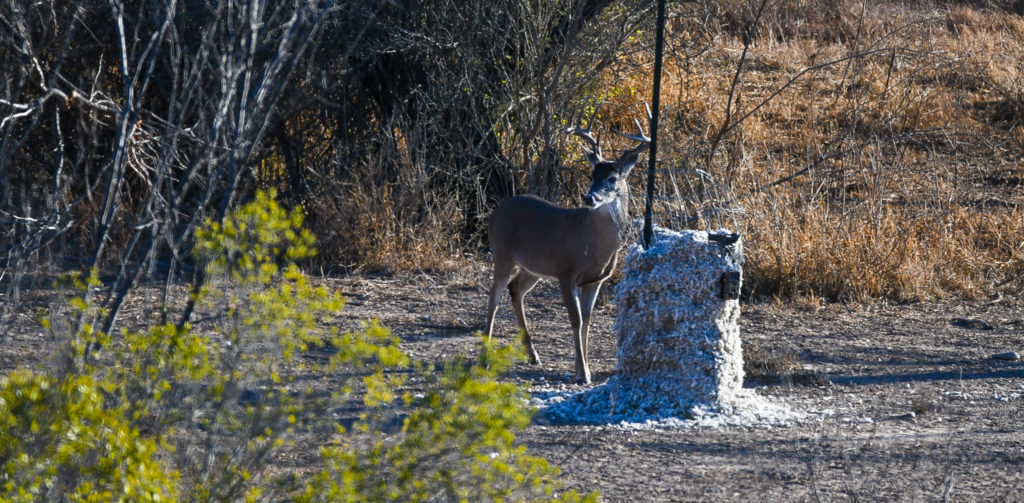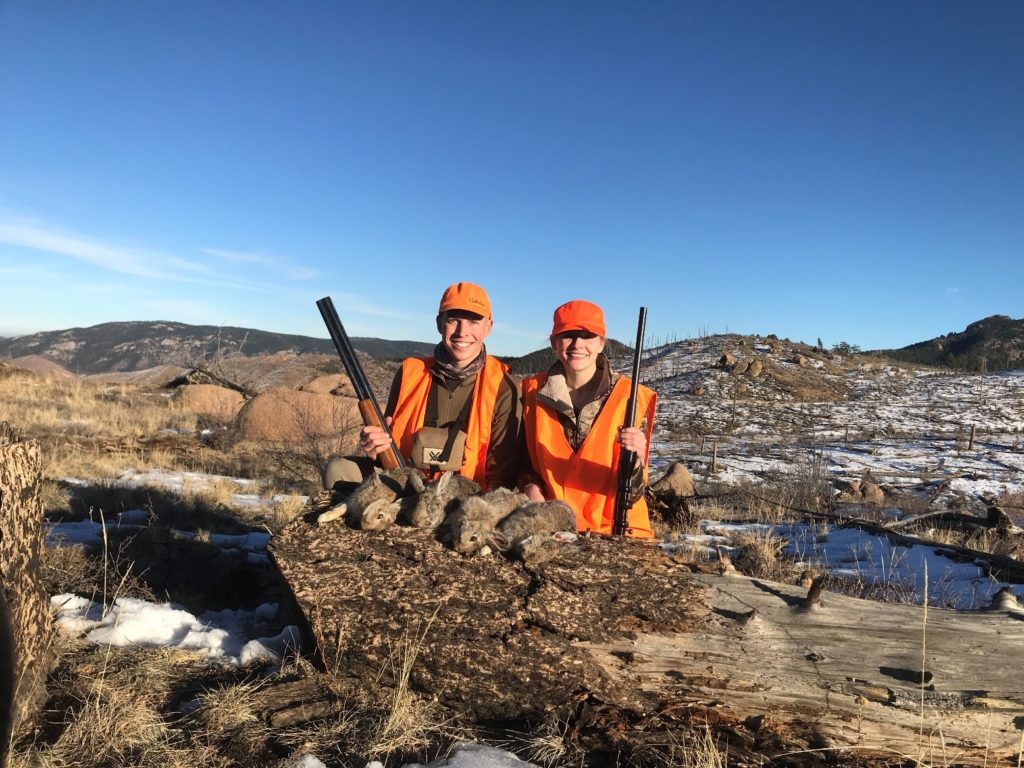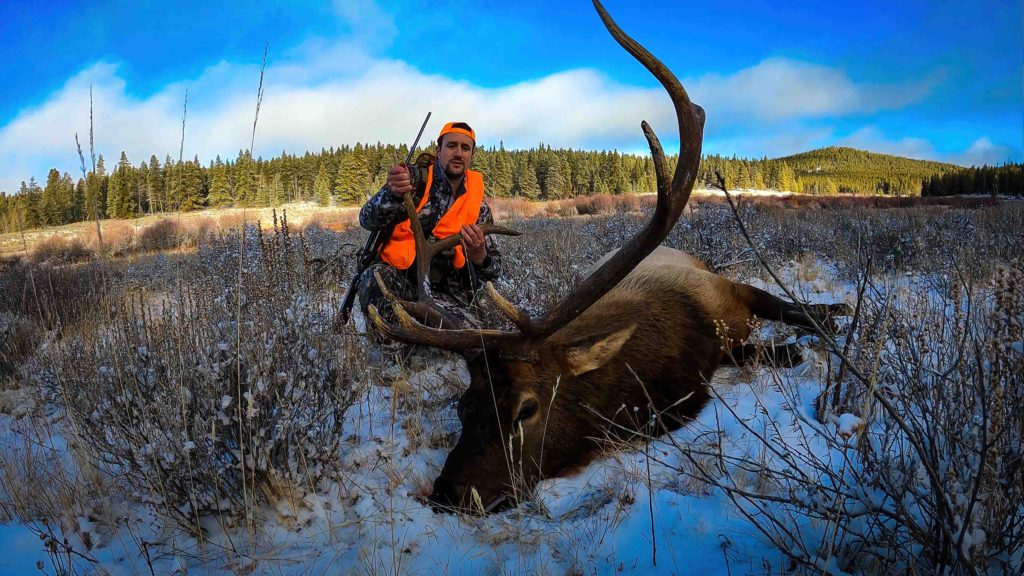Every hunting season land managers, owners, and hunters debate the pros and cons of managing the whitetail spike. It is an age-old debate in deer camps across the country. So what is the answer? The answer is yes, and no.
The truth of the matter is that there are times when the harvest of spikes is beneficial to a deer herd, and times when it is damaging. Each tract of land has its own management needs and determining factors of when and why to harvest spike bucks. A lot of hunters believe that spike bucks are genetically inferior animals. That is not always true. With proper nutrition, habitat, and rain, today’s spike could be a future wall hanger.
What Experts Say
Steve Nelle, a Natural Resource Specialist, and Wildlife Biologist, once analyzed 15 years of records from a central Texas ranch that was shooting every spike they saw. After analyzing these records, he determined that the buck size was not increasing because they were reducing the number of bucks moving into older age classes.
There are a lot of factors that determine whether a buck will be a spike, 4, 6, or 8 point as a yearling, or older in life. These factors include rainfall, habitat, nutrition, carrying capacity, and competition. Let’s dive into these factors to determine whether or not you should shoot the next spike you see next deer season.
Environmental Factors
To me, the most influential ingredient in spike development (or lack thereof) is rainfall. Rainfall ties every other factor together. If your land is experiencing a drought, it would be a poor decision to take a spike. Depending on the severity of the drought, the deer herd population could decrease naturally and throw your age structure and sex ratio into shambles. You’re going to want the spikes to mature into older age classes to see what they become. If you have an encouraging amount of rainfall, shooting spikes could be beneficial. The high rainfall creates a domino effect of good habitat and nutrition, which will lead to buck growth and less population attrition.
Location, Location, Location
Habitat and nutrition fall into the same category for me. If your deer herd doesn’t have good habitat and nutrition, survival is going to be difficult, as will antler growth. There is no way to tell the potential of a spike when the property he is living on will not let him get to his full size each year. When your property does have good habitat and nutrition, there will be less die-off, and bucks will be able to reach their potential for that year. You will then be able to determine if you should take spikes or not. Improving the habitat and nutrition on the land is critical.
Carrying capacity is the next important factor in determining whether or not to shoot a yearling spike. Here are some questions for you to answer.
- Do you have too many young bucks in your herd or do you have a shortage?
- Can your property handle the amount of deer you have?
- Do you have a poor sex ratio?
Herd Dynamics Matter
If you have a surplus of young bucks, I encourage the harvest of spikes. The spikes will take up essential food for the other young bucks. Let the young bucks have that food; they may have a greater potential of becoming your dream buck. FYI, a deer eats around 2 tons of food per year. If you have a shortage of bucks, do not shoot spikes — or at least not every spike. Again, it is crucial for these bucks to graduate into older age classes to see what they will become.
Another factor to cover is competition. When I say competition, I mean the deer having to compete with livestock and other wild game for food, not to mention just finding a way to stay alive! In the end, the goal of all wild animals is to reproduce and live to see tomorrow. Most ranches in Texas have cattle that will compete with whitetail for food, mainly corn. Some even have sheep, goats, axis deer, or other exotic animals. All of those animals take away important food and nutrients from deer. The fewer nutrients a yearling buck is getting, the greater chance he has to be a spike.
Managing the whitetail spike thru predation
Two other factors to also consider are predation and the mother doe. The more predators on a property such as coyotes, bobcats, and mountain lions, the higher the predation rate on fawns will be. Coyotes can take 50% of a fawn class. There is a greater need for each spike buck to mature into the next age class with a higher predation rate. Regarding the mother doe, hunters often overlook the fact that a buck’s antler potential also comes from the mother’s gene pool. If the mother doe is stressed and has poor nutrition throughout her pregnancy, the buck offspring she produces will have smaller antlers than if she had great nutrition throughout the pregnancy.
Once again, I believe rain is the most important factor when it comes to spike management and deer management as a whole. Unfortunately, we cannot control mother nature but the more rain a property gets, the better. Higher rainfall totals throughout the year provide growth of vegetation, which equates to thicker habitat for living, survival, and higher nutritional values.
Maybe you don’t have time to manage your hunting property. Maybe you’re just hunting for meat and antler size doesn’t matter to you. That’s great! That’s the beauty of hunting. You can handle managing the whitetail spike how you want, and hunt how you want to hunt (as long as you follow laws). However, if you do manage your herd, the next time you see a spike and have the mental debate on whether to shoot it or not, think about the variety of factors that affect that deer and your herd.
Hunt.Fish.Love.Texas.


